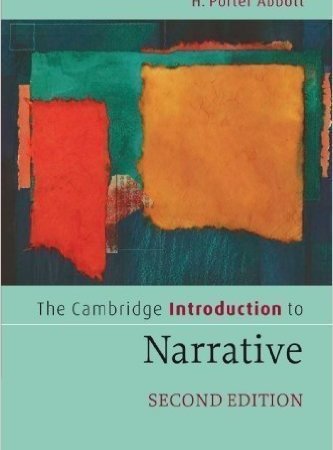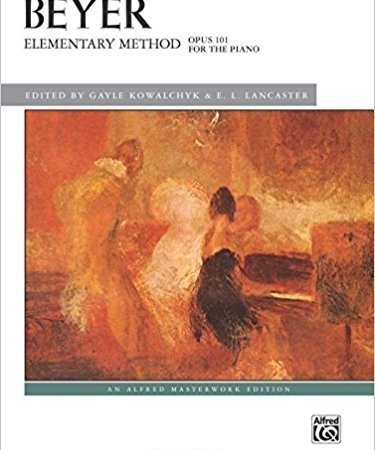توضیحات
تحویل فوری
توجه: بعد از خرید این محصول به فرمتPDF ارجینال قابل دانلود خواهد شد.
برای سفارش نسخه چاپی این کتاب سفارش کتاب از آمازون را کلیک کنید.
- Paperback 888 pages
- Language: English
- ISBN-10:0030968356
- ISBN-13:978-0030968358
- Product Dimensions: 8.1 x 1.4 x 10.2 inches
- Shipping Weight:3.8 pounds
First published in the 1950s by the late James Borror and Dwight Moore DeLong, this classic text, INTRODUCTION TO THE STUDY OF INSECTS 7TH EDITION, combines the study of insects with clear and current insect identification. In this new edition (available in a bundle with InfoTrac College Edition), Johnson and Triplehorn supply updated information on phylogeny using systematics while adding a greater emphasis on insect biology and evolution. This greater concentration on insect systematics necessitated many content changes including an added chapter for a newly described order, the Mantophasmatodea, as well as a new chapter reclassifying Order Homoptera (Cicadas, Hoppers, Aphids and Hoppers Psyllids) into Order Hemiptera. Nearly every order has been modified, sometimes substantially, to reflect new discoveries and scientific hypotheses. Many new families have been added throughout the book, some reflecting revised classifications, but many are the result of the discovery of new groups within the United States and Canada, particularly from the New World tropics. These include the families Platystictidae (Odonata), Mackenziellidae (Collembola), Mantoididae (Mantodea), and Fauriellidae (Thysanoptera). The results of molecular analyses are beginning to substantively contribute to the development of a robust and predictive classification. Thus, the phylogeny of insects has changed drastically from the last edition due to the incorporation of molecular data. The most conspicuous of these changes, for example, is the recognition that the order Strepsiptera is most closely related to the true flies (Diptera), rather than to the Coleoptera. Since it was first published in the 1950s, this text has played an important role in understanding and preserving the diversity of the insect world. This title’s long history, coupled with the authors’ passion for currency and accuracy, make it once again the classic text and reference.






